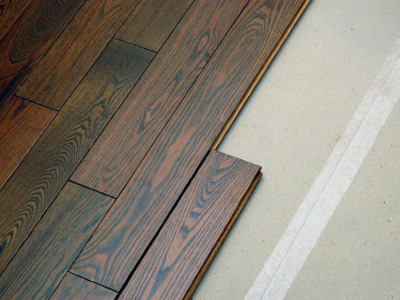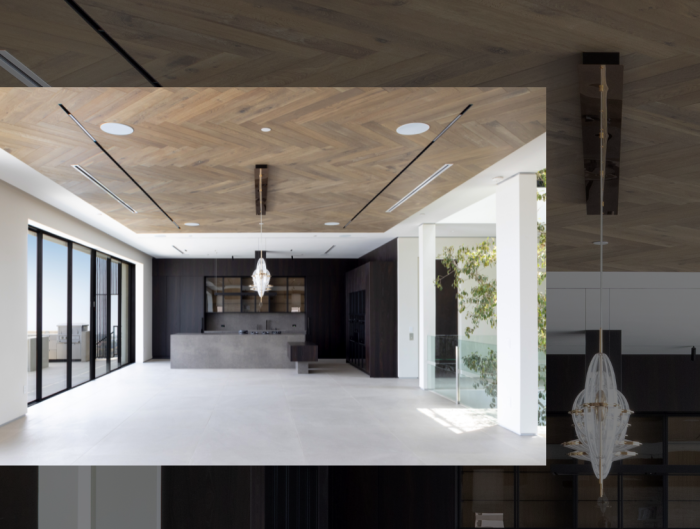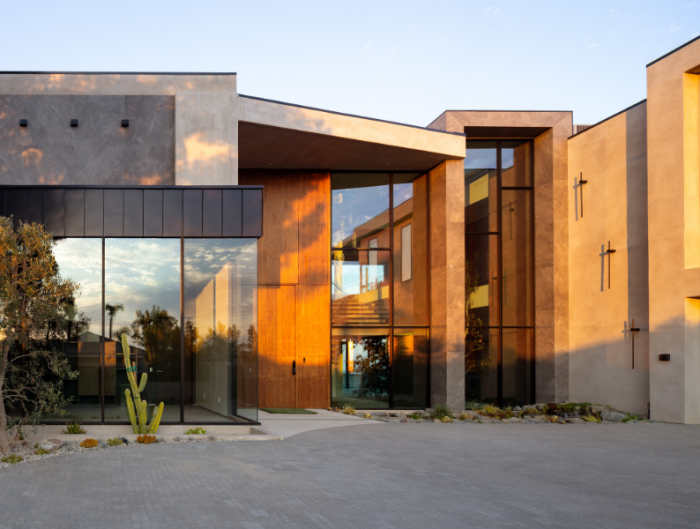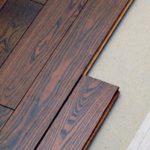By: UrbanfloorDan
Soooooo yeah… it’s 10:27pm PST according to the bottom right corner of my laptop on a Monday night as I type this up. I gotta admit I’m a a lil bit agitated. You see I just spent the last 15 minutes or so using Google with the key words “Tomato Tomatoe Potato Patatoe” and quite frankly got some of the most annoying sites and answers on the planet that didn’t answer the question. Why am I even asking that question when I’m writing a blog about a hardwood flooring topic you ask? The answer is simple. I’m an absolute crazy person and God bless Urbanfloor for giving me some creative freedom when I write so I can attempt to make this at the very least a bit interesting for you to read.
So after a bit of research tomato and potato are singular and tomatoes and potatoes are plural. Although the confusion tends to take place on the plural spelling. Dun, dun, dun!!!! Surprise!
You see how confusion so easily can happen with a simple yet common fruit and vegetable spelling? Proper communication is important isn’t it? Such a common error in the English language. I felt compelled to share the proper after my rather annoying internet research adventure. Bare with me for a few seconds as we achieve enlightenment together. Now we can all get a better sleep at night. 😉
Proper singular spelling: potato
Proper plural spelling: potatoes
Proper singular spelling: tomato
Proper plural spelling: tomatoes
In other words stop spelling tomato “tomatoe” and potato “potatoe.” Get it? Got it? Good! See all the trouble I go through for you guys?! 😉
So how does this fruit we love in our salads and this vegetable that makes the greatest tasting french fry at your favorite fast food joint relate to hardwood flooring you ask? Many confuse “Laminate Wood” with “Laminate Floor.” There’s a difference you ask? Yep, you betcha! If it hasn’t been made clear in the conversation already with your local flooring dealer which floors you’re looking at and “laminate” is in the discussion just ask “Is this Engineered Hardwood or Synthetic Laminate?” Here’s the skinny on the two:
Laminate Floor (A.K.A. Floating Wood Tile)
“A laminate floor may satisfy your needs when a solid hardwood floor has been eliminated as a feasible option. Laminate flooring is durable, scratch-resistant, and designed for high traffic areas. It is also very easy to maintain, with an attractive quality that separates it from other flooring options. But here is where it parts ways with both solid hardwood flooring and engineered hardwood flooring; laminate flooring is an imitation of real wood. Actually, it’s literally a photo of real wood, constructed with a top photographic layer laminated with an aluminum oxide finish. This finish gives laminate floors their rugged resistance to abrasion. Beneath the photograph or “décor” layer is layer of dense fiber board which is strong and serves as a good core. A bottom layer or “backing” will act as a stabilizer as well as providing moisture protection. So in very clear ways, laminate flooring is quite different from both solid hardwood flooring and engineered hardwood flooring. A solid hardwood floor is, of course, made completely of a natural hardwood species; an engineered hardwood floor has a single top layer of natural hardwood. So while both solid hardwood and engineered hardwood contain real hardwood species, a laminate floor contains no hardwood species at all. Technically then, if you have a laminate floor, you don’t have a hardwood floor.
Much like engineered hardwood floors, you can typically float laminate floors. But, you can’t glue laminates to a sub-floor, nor can you nail them down. A laminate floor requires an underlayment. Many lines of laminate floors have incorporated a tongue-and-groove design which makes it very easy to install, particularly if you’re not a professional.” (Source: BuildDirect University)
Engineered Hardwood
“If you were to ask which of the two options was closer to solid hardwood, the answer would be engineered hardwood flooring, simply because engineered hardwood contains a top layer of real hardwood. This top hardwood layer lends the floor an air of authenticity without the additional expense. The look and feel of solid hardwood is reflected in your flooring, but with an additional layer of either high density fiber or multiple layers of plywood underneath. This additional layer is what is called a core. The core in the engineered hardwood flooring gives you a considerable advantage in certain areas where solid hardwood would not be as suitable; for example, it is designed to reinforce the hardwood when it is exposed to humidity or other environmental factors which can damage solid hardwood.
You can float an engineered hardwood floor as well, unlike solid hardwood, with locking systems designed for an easier installation. There are some varieties of engineered hardwood flooring that can be glued down to a concrete sub-floor. The glue acts similarly to an underlayment to protect the flooring from temperature changes and moisture. Many types of engineered hardwood feature a locking system with a great deal of flexibility: you can put it down, and take it up when it’s time to move. Don’t try that with solid hardwood!” (Source: BuildDirect University)







Leave A Reply